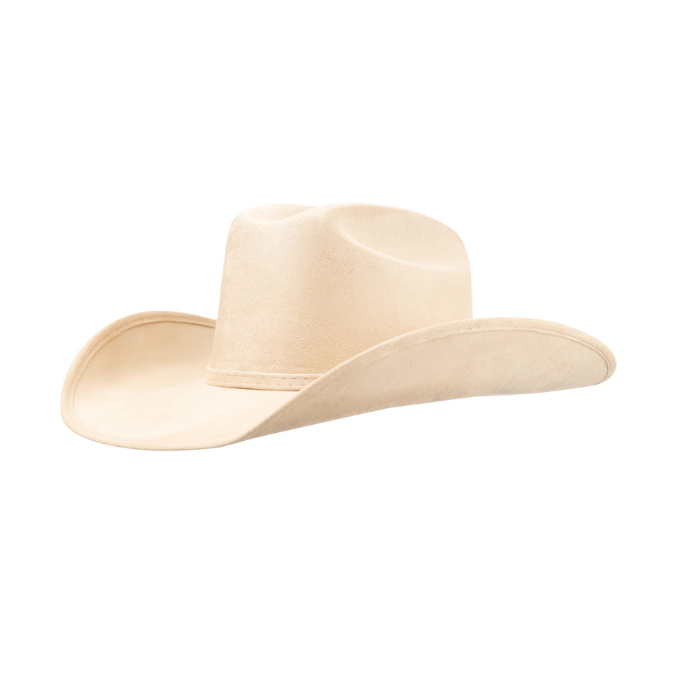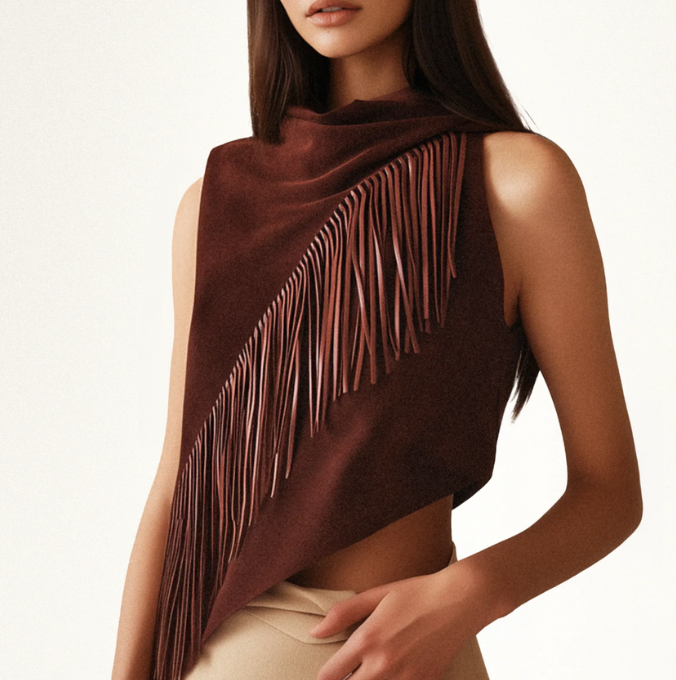
I grew up in Southern California’s High Desert, home of renowned Hollywood cowboy Roy Rogers. I loved the expansiveness of the desert, which meant there was space for animals like horses, but I never felt a connection to cowboys.
Little did I know then that, historically, one in every four cowboys was Black. How could I know— how could any of us know—when the prevailing depiction of cowboys was white? White, male, violent, and ruggedly independent.
The Compton Cowboys are an exception to these stereotypes. Groups like theirs, in Compton, Calif., and the Fletcher Street Urban Riding Club in Philadelphia have been riding in their cities for decades, representing a tradition that goes back to the times of the so-called American frontier. Watching videos of these Black cowboys, I saw a lot of cowboy hats, but aside from that, the cowboys looked just like people I knew. I loved seeing them bring joy to their communities just by existing. The smiles on the faces of the people watching them ride by made me smile. Seeing that joy, I knew it was time for a new cowboy story: a Black cowboy story, a story that centered joy and connection—a story that celebrated community.

My Daddy is a Cowboy is that story. It’s a children’s picture book that follows a little girl and her father as they wake up “before the sun” to have “just us time” on their horses. As they ride through their city streets, they’re gifted a new perspective, marvel at the sunrise, and connect with those around them, all while riding their cherished horses.
It’s not the cowboy stories we grew up with, stories of good guys and bad guys, lonely men on the range, and often filled with racist caricatures. Instead, this is a story of togetherness. It’s a story about grandmothers and their coffee, about the beauty of a city sunrise, about bonding with beloved companions, and above all, about Black joy. And it’s the first traditionally published picture book to feature a Panamanian American protagonist. My words are brought to vibrant life by award-winning artist C.G. Esperanza, whose dynamic, whimsical, and vivid art never fails to deeply move the beholder. I will forever be grateful for our collaboration.
My Daddy Is a Cowboy’s publication comes at a time of a cultural resurgence of interest in Black cowboy culture thanks to Beyoncé’s Cowboy Carter. From what I gather, Cowboy Carter was born from an experience during which Beyoncé felt unwelcome when performing at the Country Music Awards. Could it be that the lack of representation of Black cowboys helped inform the mindset of those who chose to reject Beyoncé, the people who believed she “wouldn’t saddle up”? We can’t know for sure, but what we do know is this: cowboy culture has always been Black culture (just like country has always been Black… but that’s another essay). People are starting to realize that cowboys can and always have looked different from what we’ve traditionally seen portrayed in media.








I’ve been fortunate enough to talk with people who’ve read My Daddy Is a Cowboy and their responses have been deeply touching. One woman was in tears, telling me how much the book would mean to her granddaughter. Another shared that her students, many of whom ride horses, were going to love seeing themselves represented in a book. This reception shows just how much stories like My Daddy Is a Cowboy are needed because connection and community are essential. Because Black joy is revolutionary. Because we’re ready to rewrite the old narratives that are, as Beyoncé said, “lies of stone”.
“Them old ideas/Are buried here,” and in their place we can create the world we want to see. A world centered on community, connection, and joy. I’m ready.
We’re ready. Amen.






